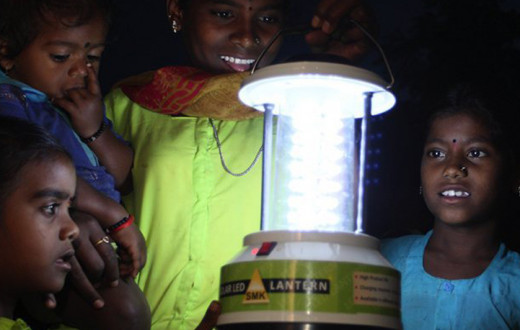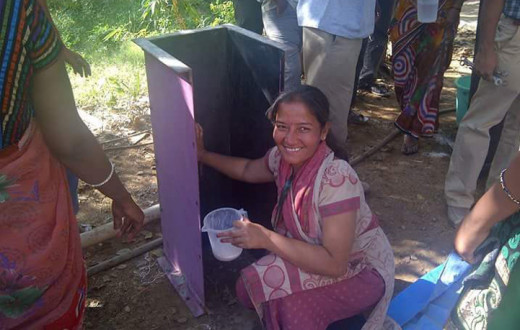What can be more exciting than to be able to cook a meal with the veggies grown in your backyard? Or to be eating chemical-free, healthy vegetables and greens. One need not have a professional degree in agriculture to practice permaculture farming methods. Permaculture principle involves cultivation which is in sync with nature, more so with the surrounding ecosystem.
The know-how of permaculture farming
A farming method that utilizes the surrounding ecology as its very foundation for cultivation is a permaculture farming method. In layman’s terms, it is an agricultural method that optimizes the resources available in that particular surrounding for farming.It is not only economical but also sustainable as there are ample of benefits for this style of agriculture. The whole concept is based on synergy.
As the basis is very much in tune with nature, twinning with the existing ecosystem, there is no need for external resources as such. For instance, rainwater is harvested, the fertility of the soil is replenished by crop rotation and the soil itself is the compost here. Also richer the soil, lesser the chances of it being infested so definitely no harmful pesticides in the picture.
Urban permaculture is today a popular permaculture principle which goes beyond space limitations. In this style of permaculture, any landscape be it an apartment space or a rooftop or merely a balcony space is designed for growing plants. Even a space as small as 2x2 feet size of a terrace has been used to grow greens. Depending on the resources such as sunlight and water different shaped or sized spaces can be utilized for permaculture farming. So agriculture is a reality in concrete jungle too when it is the permaculture way.
A permaculture enthusiast will help in:
- Soil conservation and betterment
- Conserving the natural ecosystem
- Providing healthy and chemical-free food
- Practising a farming system that is sustainable and self-sufficient
- Meeting the ever increasing food demand
- Maximizing the optimization of minimum resources
- Zero waste process
- Preserving the biodiversity
- Lessening global warming
An anecdote of an environment lover on why she started growing vegetables at home:
She was in love with Mother nature right from her childhood and wanted to do her bit to conserve and preserve nature. Also eating healthy became a priority. A vegetable shop in The Art of Living international center, Bengaluru inspired her to grow fresh natural vegetables at her home. This shop had healthy, chemical free vegetables and greens grown on uncultivable land and that really amazed her. She met a permaculture enthusiast who managed to grow food for fifty people in a cultivated area of five thousand square feet. Having met her guide, she learnt the basics of permaculture techniques and began preparing compost with kitchen waste and dry leaves and growing few herbs.
(Inputs shared by Karpagavalli Krishnamurthy, she is a homemaker and is taking baby steps in practising permaculture at her home currently)
It does seems miraculous when one hears rice being grown in deserts and a 7 acre uncultivable land converted to a land producing nutritious vegetables of huge sizes naturally. Thanks to permaculture farming. So no more you need gallons of water and hectares of land to grow food, all you need is a passion to go green.

















